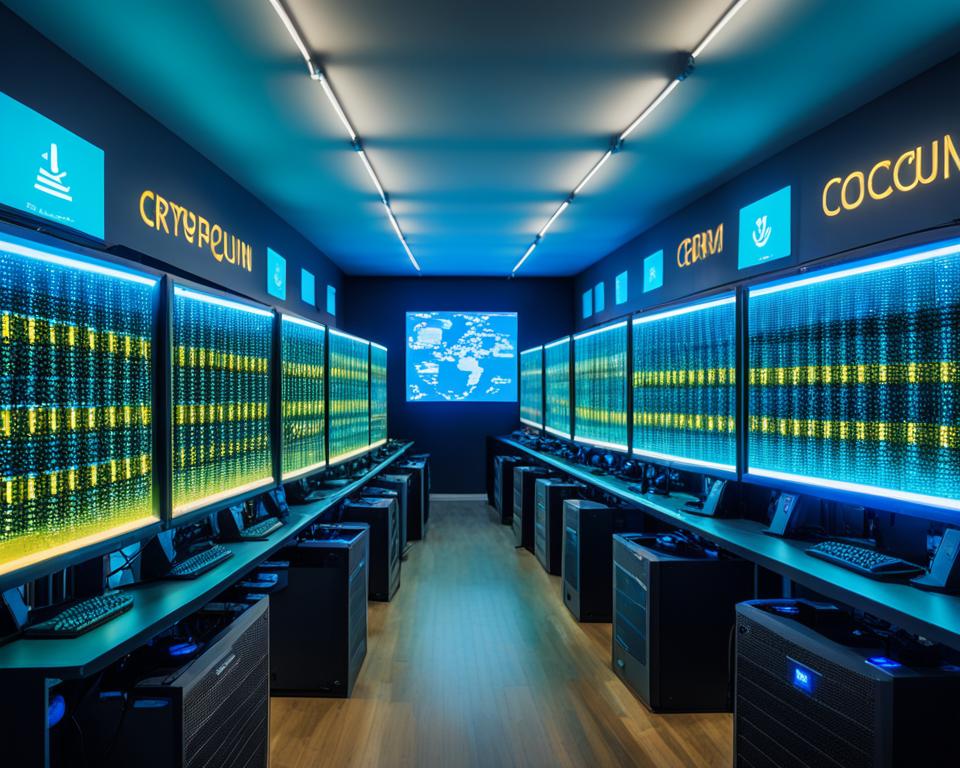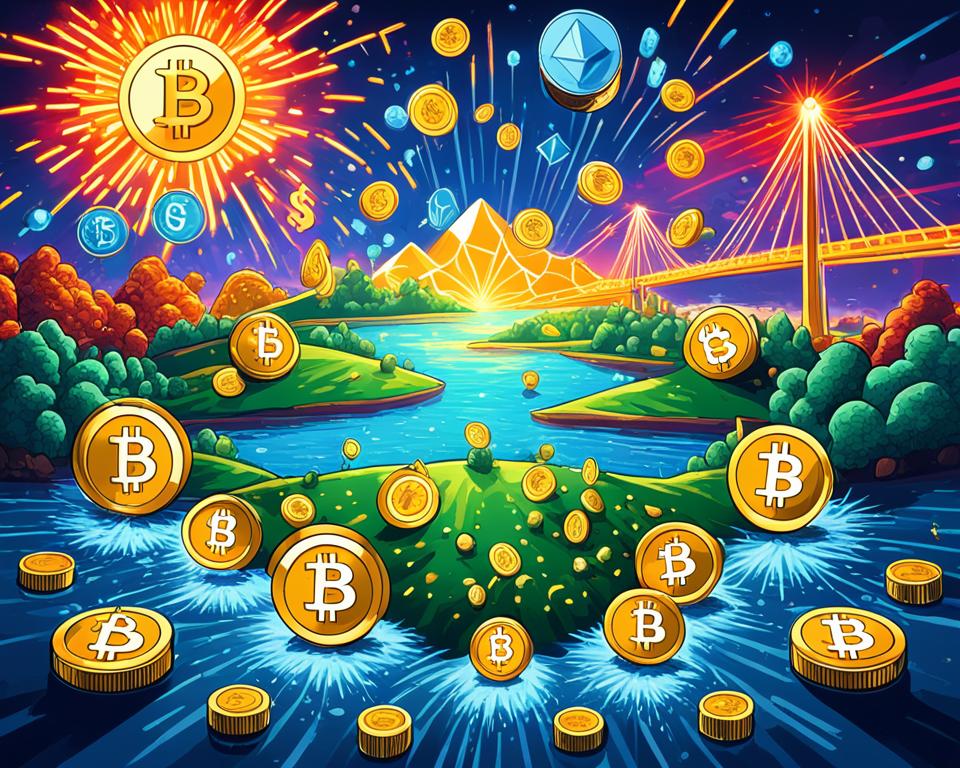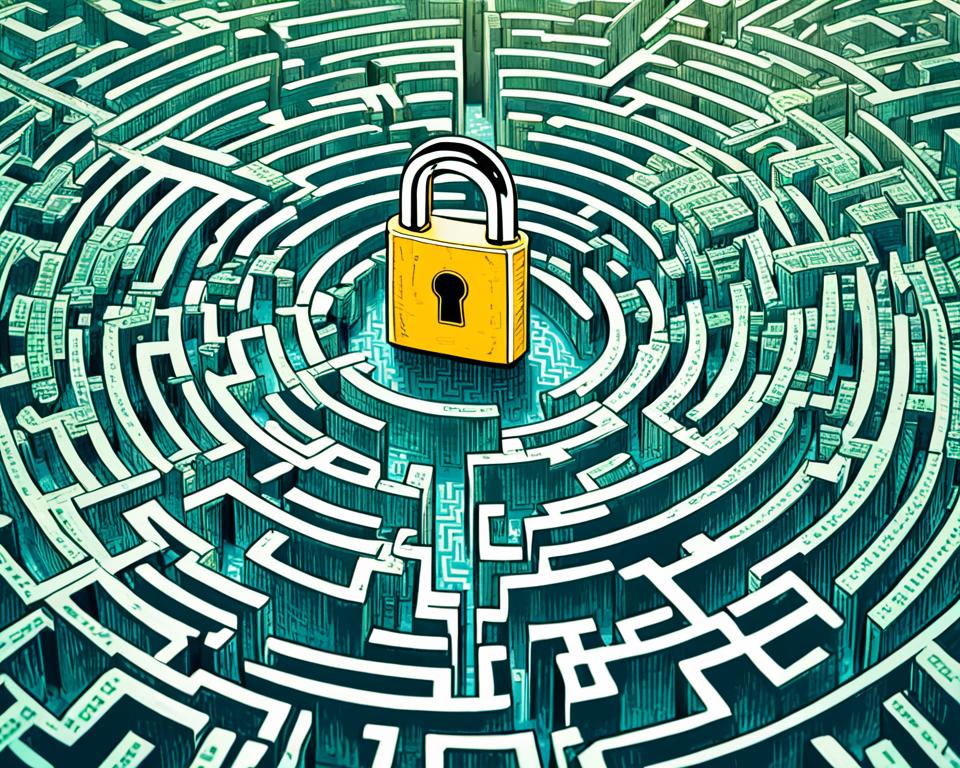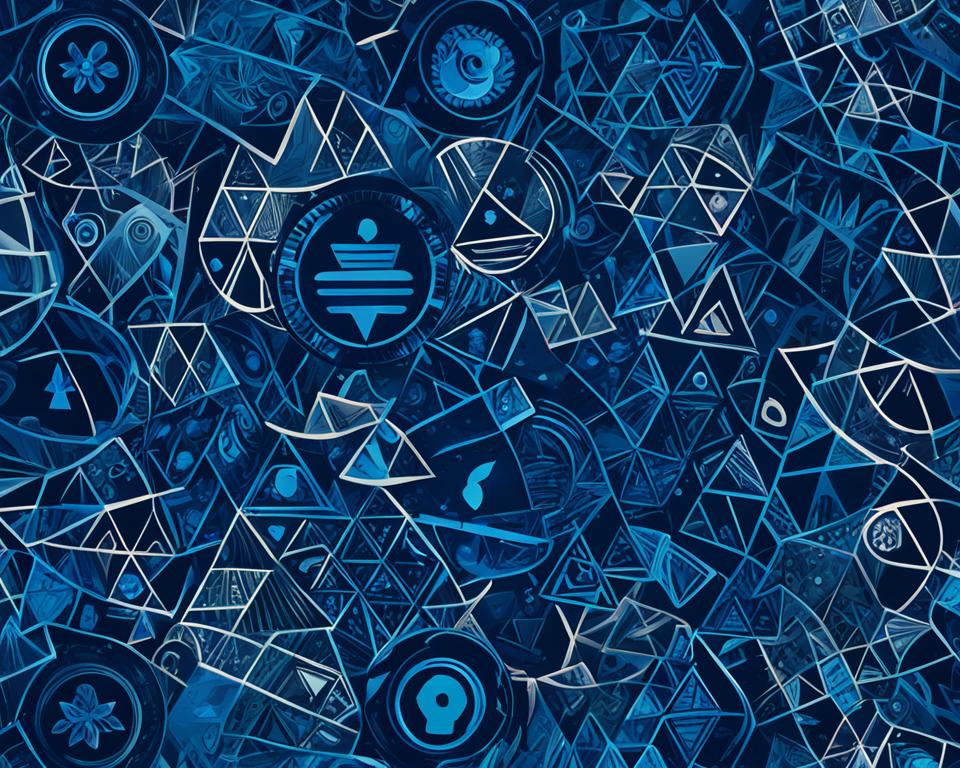NFTs: Unlocking the World of Digital Asset Ownership
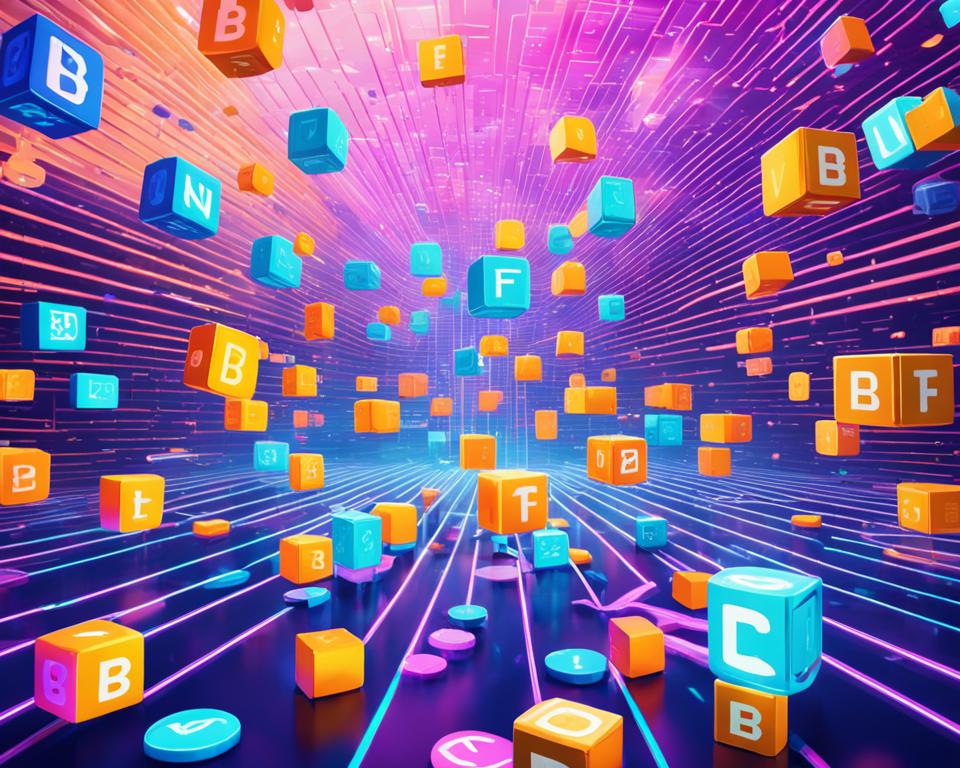
In the ever-evolving digital landscape, a new revolution is taking place, and it’s called NFTs (Non-Fungible Tokens). These unique digital assets are poised to transform the way we think about ownership, scarcity, and the value of virtual content. Powered by the blockchain technology, NFTs are unlocking a new era of digital asset ownership, empowering you to assert control over your digital creations, collectibles, and even virtual real estate.
At the heart of the NFT revolution are the core principles of decentralization and tokenization. By leveraging the power of the blockchain, NFTs are able to establish a digital ledger of ownership, ensuring the authenticity and scarcity of your digital possessions. This revolutionary approach is disrupting industries ranging from digital art and gaming to virtual worlds and real estate, as individuals and businesses alike explore the vast potential of these virtual assets.
As the metaverse and Web3 continue to take shape, NFTs are poised to play a pivotal role in shaping the future of digital ownership and interaction. Through the power of smart contracts and tokenization, NFTs are enabling new forms of cryptocurrency-driven transactions, unlocking unparalleled opportunities for creators, collectors, and investors alike.
Key Takeaways
- NFTs are unique digital assets that leverage blockchain technology to establish ownership and scarcity in the virtual realm.
- The decentralized nature of NFTs is disrupting industries, from digital art to gaming and virtual real estate.
- NFTs enable new forms of transactions and monetization, empowering creators, collectors, and investors in the digital economy.
- The rise of the metaverse and Web3 is further accelerating the adoption and integration of NFTs across various sectors.
- Understanding the core concepts of NFTs is crucial for navigating the evolving digital landscape and unlocking the full potential of this transformative technology.
Demystifying NFTs: What Are They and How Do They Work?
As the blockchain technology continues to revolutionize various industries, its impact on the digital asset landscape has been particularly profound. At the forefront of this transformation are NFTs (Non-Fungible Tokens), which have captured the attention of investors, artists, and enthusiasts alike. In this section, we’ll delve into the fundamental nature of NFTs, exploring their underlying blockchain technology, their unique digital asset characteristics, and the extraordinary potential they hold for reshaping how we engage with and own digital content.
Understanding the Blockchain Technology
At the heart of the NFT ecosystem lies the blockchain technology, which serves as the foundational infrastructure. Blockchain is a decentralized, distributed digital ledger that records transactions across many computers in a network, ensuring the integrity and transparency of data. This technology enables the creation of unique, verifiable, and immutable digital assets – a crucial aspect of NFTs. By harnessing the power of blockchain, NFTs can be authenticated, tracked, and traded with unparalleled security and transparency.
NFTs as Unique Digital Assets
Unlike traditional digital content, which can be easily replicated and distributed, NFTs are unique, one-of-a-kind digital assets that represent ownership and scarcity. Each NFT is a unique token on the blockchain, with its own distinct metadata and characteristics. This tokenization process allows for the creation of digital collectibles, artwork, virtual real estate, and a wide range of other digital assets that can be bought, sold, and traded like physical assets, but with the added benefits of decentralization and immutability.
The Revolutionary Potential of NFTs
The emergence of NFTs has unlocked a new frontier in the world of digital assets and cryptocurrency. By enabling digital asset ownership and scarcity, NFTs are disrupting a variety of industries, from art and entertainment to gaming and real estate. NFTs empower artists and creators to directly monetize their digital work, while collectors and enthusiasts can securely acquire and trade unique digital assets. Furthermore, the integration of smart contracts within the NFT framework opens up new possibilities for decentralized applications and the exploration of Web3 technologies.

| Key Characteristics of NFTs | Benefits of NFTs |
|---|---|
| Unique digital assets with verifiable ownership | Empowerment of digital creators and artists |
| Secured and transparent through blockchain technology | Increased scarcity and authenticity of digital items |
| Ability to represent ownership of digital and physical assets | New revenue streams and monetization opportunities |
| Programmable through smart contracts | Decentralized and immutable ownership records |
NFTs and the Art World: A Game-Changer
The art world has been revolutionized by the emergence of NFTs (Non-Fungible Tokens), a groundbreaking technology that is transforming the way digital art is owned, traded, and authenticated. By leveraging the power of blockchain, NFTs provide a new level of provenance and scarcity for digital artworks, addressing the longstanding challenges of ownership and authenticity in the digital realm.
Digital Art Ownership and Provenance
NFTs have ushered in a new era of digital art ownership, where artists can now create unique, verifiable digital assets that can be bought, sold, and collected like traditional physical artworks. Each NFT acts as a digital certificate of ownership, providing a transparent and secure record of the artwork’s provenance and ensuring its authenticity. This newfound scarcity and traceability have ignited a surge of interest from both art enthusiasts and investors, who are eager to acquire and collect these revolutionary digital artworks.
NFTs as a New Revenue Stream for Artists
Beyond transforming the way digital art is owned and traded, NFTs have also opened up new revenue streams for artists. By minting their digital creations as NFTs, artists can now sell their work directly to collectors, bypassing traditional intermediaries and retaining a greater share of the profits. This empowers artists to assert control over their digital intellectual property and forge deeper connections with their audience. Moreover, NFTs offer artists the ability to integrate innovative monetization models, such as royalties on secondary sales, further enhancing their earning potential and creative autonomy.

As the art world continues to embrace the transformative power of NFTs, we are witnessing the democratization of the art market and the empowerment of digital artists. This revolutionary technology is not only reshaping the way we perceive and interact with digital art but also paving the way for a more inclusive and equitable future for the creative community.
Beyond Art: Exploring Other Applications of NFTs
The transformative potential of NFTs extends far beyond the art world. In the dynamic gaming industry, NFTs are revolutionizing the way we interact with virtual environments and assets. By representing unique in-game items, characters, and even virtual land parcels as non-fungible tokens, gamers can now truly own and trade these digital possessions, ushering in a new era of player empowerment and digital asset ownership.
NFTs in Gaming and Virtual Worlds
Imagine a world where your favorite in-game weapon or rare collectible isn’t just a temporary possession, but a verifiable digital asset that you can buy, sell, or even carry with you across different gaming platforms. This is the reality that NFTs are creating, as they enable the tokenization of virtual items, allowing for true scarcity, provenance, and transferability. From exclusive skins and limited-edition virtual memorabilia to virtual real estate in the metaverse, NFTs are transforming the gaming landscape, blurring the lines between the digital and physical realms.
NFTs for Digital Collectibles and Memorabilia
The appeal of NFTs extends beyond gaming, as they also provide a new way to collect and own digital memorabilia and collectibles. From iconic sports highlights and music recordings to virtual trading cards and digital art, NFTs are enabling fans and collectors to own and trade unique digital assets that hold personal or cultural significance. This not only creates new revenue streams for content creators and intellectual property owners but also empowers individuals to curate and display their digital collections in innovative ways.
NFTs in Real Estate and Other Physical Assets
The applications of NFTs extend even further, with the potential to revolutionize the way we own and transfer physical assets. In the real estate sector, NFTs can be used to represent the ownership of physical properties, streamlining the buying, selling, and management of these assets. Beyond real estate, NFTs can also be applied to tokenize other tangible assets, such as fine art, luxury goods, or even vehicles, enabling a new era of asset securitization and transparent ownership records. As the blockchain and NFT ecosystems continue to evolve, the possibilities for integrating these technologies with the physical world are endless, transforming the way we interact with and transact in the tangible realm.
